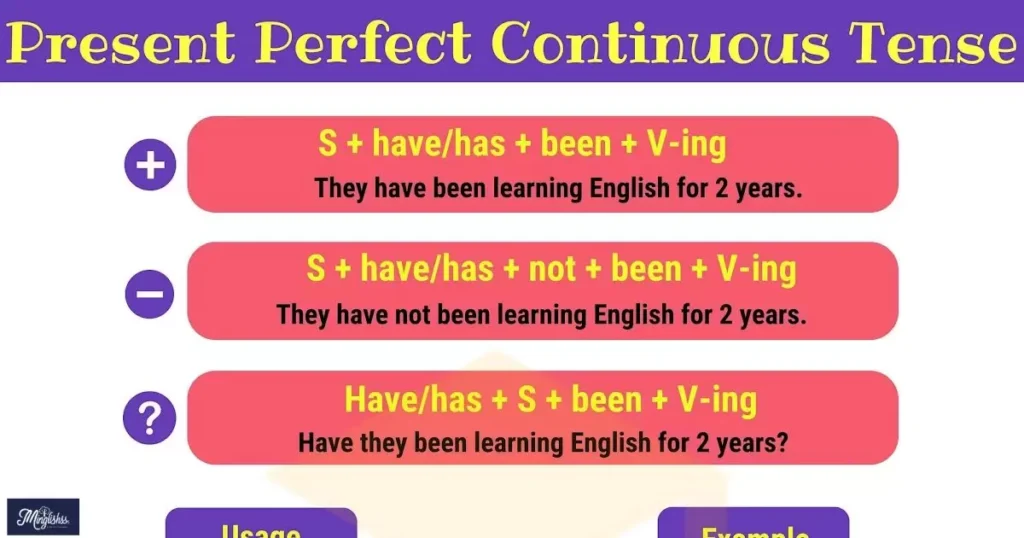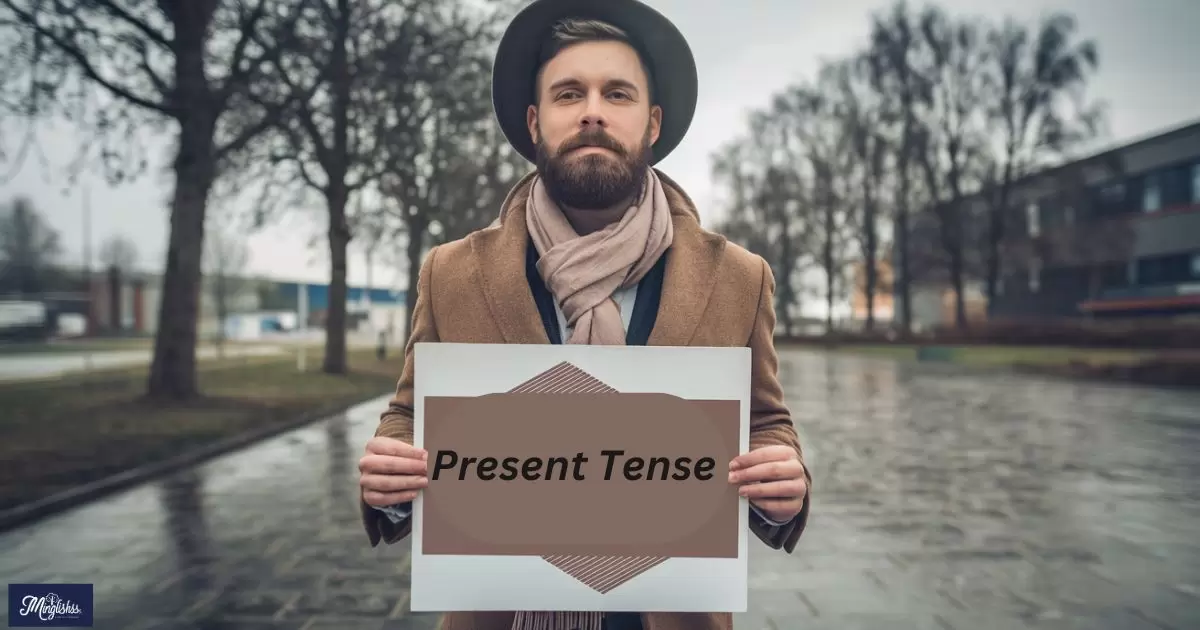The present tense is a fundamental aspect of English grammar that helps us describe actions happening right now, habitual activities, and general truths. Understanding how to use the present tense effectively is crucial for clear and accurate communication.
This guide will delve into the present tense, covering its various forms and uses. We’ll explore how to construct sentences, the differences between simple and continuous forms, and common mistakes to avoid. By the end, you’ll have a thorough grasp of how to use the present tense correctly and confidently.
Let’s embark on this journey to master the present tense and enhance your English language skills!
Understanding the Present Tense
The present tense is used to express actions that are currently happening, habitual actions, and general truths. It is divided into several forms, each serving a unique purpose.
1. Simple Present Tense
The simple present tense is used to describe regular actions, habits, or general truths. It is the most basic form of the present tense.
- Structure:
- Affirmative: Subject + base form of the verb (e.g., “She walks”).
- Negative: Subject + do/does + not + base form of the verb (e.g., “They do not eat”).
- Interrogative: Do/Does + subject + base form of the verb? (e.g., “Do you play?”)
- Examples:
- She teaches English.
- They do not like broccoli.
- Does he run every morning?
Note: Use the simple present tense for habitual actions, daily routines, and general facts.
2. Present Continuous Tense
The present continuous tense describes actions that are happening right now or actions that are ongoing.
- Structure:
- Affirmative: Subject + am/is/are + verb + -ing (e.g., “I am reading”).
- Negative: Subject + am/is/are + not + verb + -ing (e.g., “She is not studying”).
- Interrogative: Am/Is/Are + subject + verb + -ing? (e.g., “Are they playing?”)
- Examples:
- She is cooking dinner.
- We are not watching TV.
- Are you writing a letter?
Note: Use the present continuous tense for actions occurring at the moment of speaking or temporary actions.
3. Present Perfect Tense
The present perfect tense links past actions to the present. It is used for actions that occurred at an unspecified time or actions that started in the past and continue to the present.
- Structure:
- Affirmative: Subject + have/has + past participle (e.g., “They have finished”).
- Negative: Subject + have/has + not + past participle (e.g., “He has not seen”).
- Interrogative: Have/Has + subject + past participle? (e.g., “Have you heard?”)
- Examples:
- She has visited the museum.
- I have not seen that movie.
- Has he completed the project?
Note: Use the present perfect tense to discuss experiences, changes, and achievements relevant to the present.
4. Present Perfect Continuous Tense

The present perfect continuous tense focuses on the duration of an action that started in the past and is still continuing or has recently finished.
- Structure:
- Affirmative: Subject + have/has + been + verb + -ing (e.g., “They have been studying”).
- Negative: Subject + have/has + not + been + verb + -ing (e.g., “She has not been working”).
- Interrogative: Have/Has + subject + been + verb + -ing? (e.g., “Have you been running?”)
- Examples:
- I have been reading for two hours.
- She has not been sleeping well.
- Have they been practicing the piano?
Note: Use the present perfect continuous tense to emphasize the duration and ongoing nature of an activity.
Common Mistakes with the Present Tense
Even with a good understanding, it’s easy to make mistakes with the present tense. Here are some common errors:
1. Using the Wrong Tense Form
- Incorrect: I am go to the store.
- Correct: I am going to the store.
- Explanation: Ensure you use the correct form of the verb for the present continuous tense.
2. Forgetting Subject-Verb Agreement
- Incorrect: He don’t like apples.
- Correct: He doesn’t like apples.
- Explanation: Ensure the verb agrees with the subject in the simple present tense.
3. Mixing Present Perfect with Simple Past
- Incorrect: I have seen him yesterday.
- Correct: I saw him yesterday.
- Explanation: Use the simple past tense with specific time expressions, not the present perfect tense.
Understanding the Present Perfect Tense: Usage and Examples
Sub-Categories of Sentences Using Present Tense
Understanding how to use the present tense in different sentence types helps in constructing clear and effective communication.
1. Declarative Sentences
- Usage: State facts or describe ongoing actions.
- Examples:
- She works at a hospital.
- They are playing soccer.
- I have finished my homework.
- We have been waiting for an hour.
- He eats breakfast every day.
Note: Declarative sentences provide straightforward information or statements.
2. Interrogative Sentences
- Usage: Ask questions about actions or states.
- Examples:
- Do you understand the lesson?
- Is she coming to the party?
- Have they finished their project?
- Has he been studying hard?
- Are we meeting today?
Note: Interrogative sentences seek information or clarification.
3. Negative Sentences
- Usage: Express the absence of an action or state.
- Examples:
- I do not like coffee.
- She is not watching TV right now.
- They have not traveled abroad.
- He has not been feeling well.
- We are not going to the park.
Note: Negative sentences indicate that an action or state does not occur.
4. Imperative Sentences
- Usage: Give commands or requests.
- Examples:
- Please turn off the lights.
- Keep quiet during the exam.
- Let’s start the meeting.
- Finish your work before lunch.
- Do not enter the room.
Note: Imperative sentences provide instructions or requests.
5. Exclamatory Sentences
- Usage: Express strong emotions or reactions.
- Examples:
- How beautiful this place is!
- What a fantastic performance!
- How quickly they have finished!
- What an amazing day it is!
- How well you have done!
Note: Exclamatory sentences emphasize feelings or surprise.
Answers to Key Questions
Q1: What is the difference between simple present and present continuous?
A1: The simple present tense describes habitual actions and general truths, while the present continuous tense describes actions happening right now or ongoing actions.
Q2: How do I form negative sentences in the present tense?
A2: For the simple present tense, use “do not” or “does not” + base form of the verb. For the present continuous tense, use “am/is/are not” + verb + -ing.
Q3: Can you give an example of the present perfect tense in a question?
A3: Yes, an example is “Have you visited the museum?” This asks whether the action has occurred at some point before now.
Q4: When should I use the present perfect continuous tense?
A4: Use the present perfect continuous tense to emphasize the duration of an action that started in the past and is still continuing or has recently finished.
Q5: How do I know which present tense form to use?
A5: Choose the form based on the context: use simple present for regular actions, present continuous for ongoing actions, present perfect for actions with present relevance, and present perfect continuous to emphasize duration.
Conclusion
The present tense is a versatile and essential aspect of English grammar. By mastering its different forms, you can effectively describe current actions, habitual activities, and ongoing states. Understanding and using the present tense correctly will enhance your ability to communicate clearly and accurately.
With practice and attention to detail, you’ll become more confident in using the present tense in various contexts. Keep exploring and applying these rules, and soon the present tense will become second nature in your everyday language use.

Hi, I’m Zadie Smith: I’m dedicated to helping others master English through practical tips. I enjoy making complex ideas simple and accessible for everyone.










